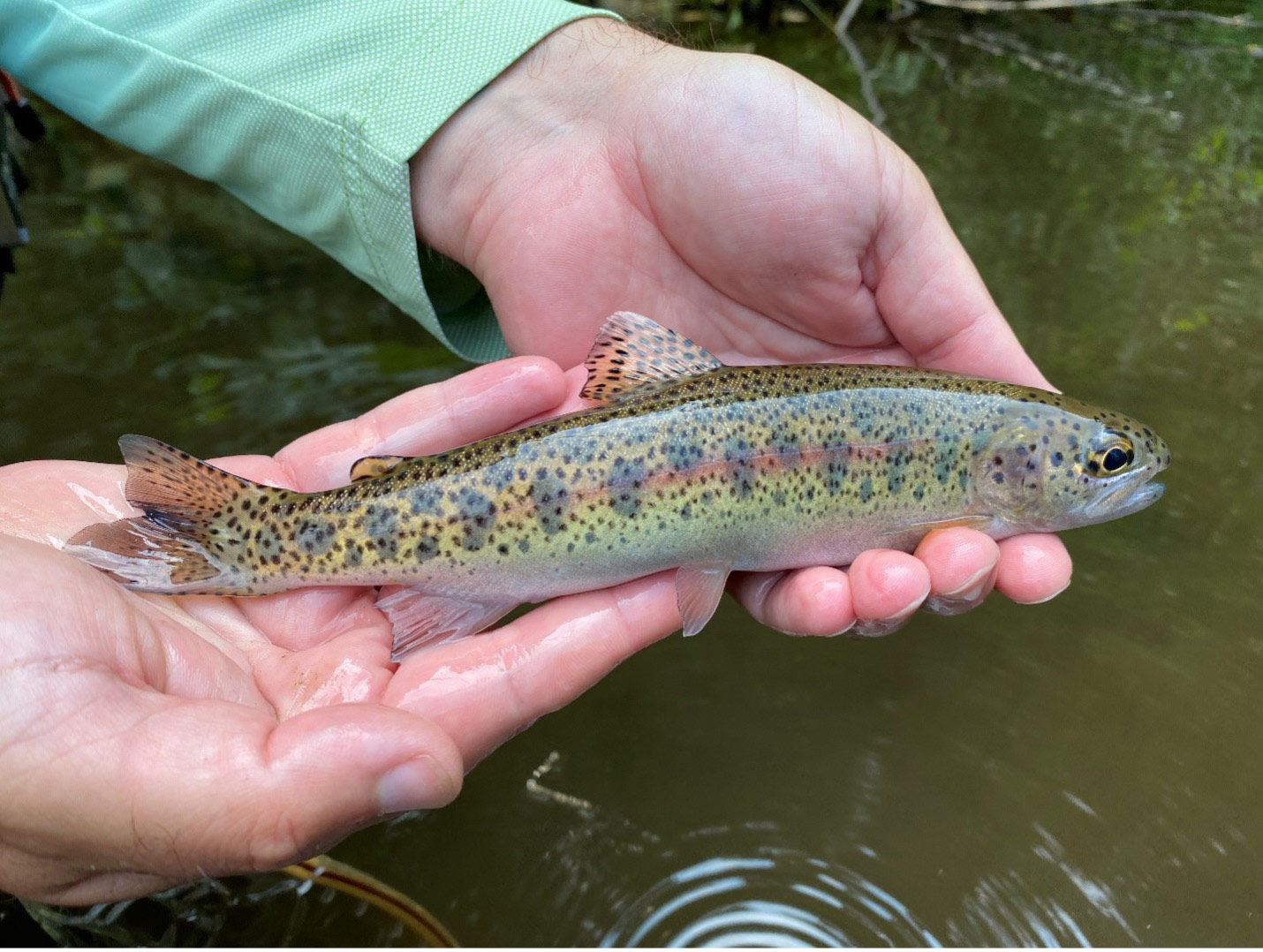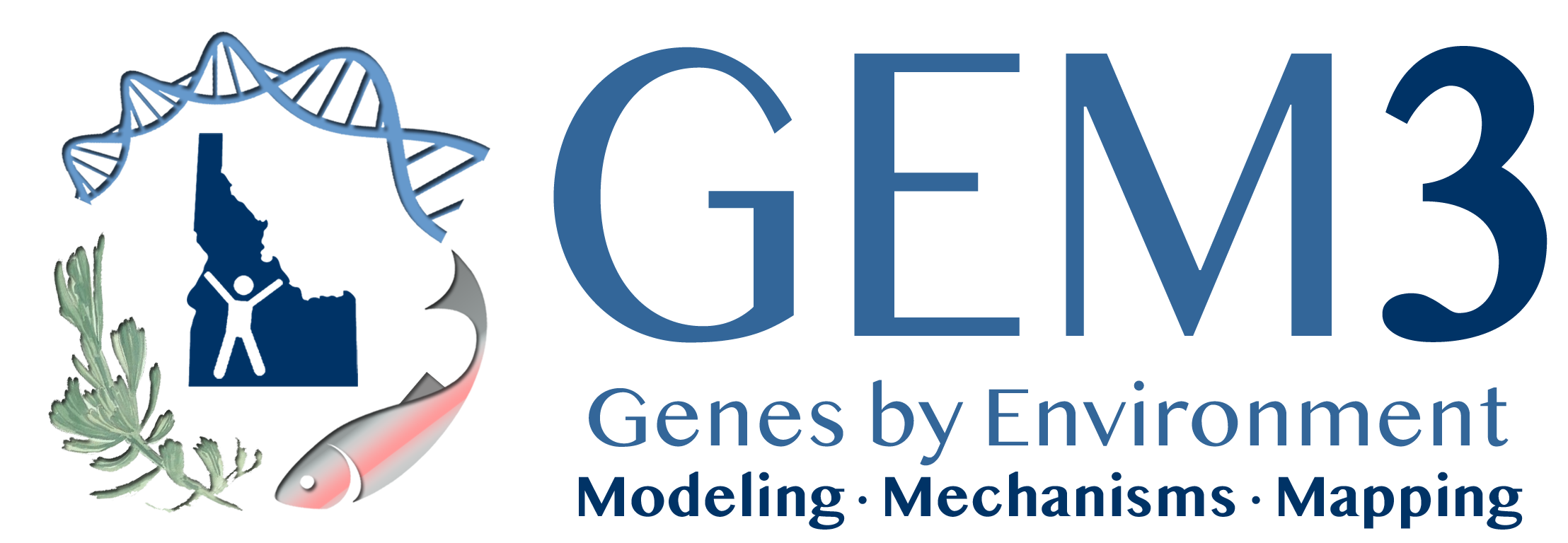MOSCOW, Idaho — A University of Idaho, Boise State University and Idaho State University study published in Restoration Ecology demonstrates how genomic data could be used in conservation efforts, specifically translocation, or the moving of plants and animals from one location to another. Translocation is a key component of many conservation plans.
Genome sequencing allows scientists to read the information encoded across all the DNA in a plant or animal. Because DNA is the foundation for variation within all species of life, biologists are excited about the potential for genome sequencing to inform conservation action for threatened species.
Genome sequencing could enable scientists to identify varieties of threatened species likely to thrive in particular environments. This information could help establish new populations of plants and animals by matching locally adapted varieties with particular sites where they are likely to succeed.
The goals of translocation include reintroducing populations that have gone extinct and preventing inbreeding in existing, but small, populations. The research team — funded through the Idaho GEM3 grant — asked when genomic information could help improve the success of translocation efforts.

